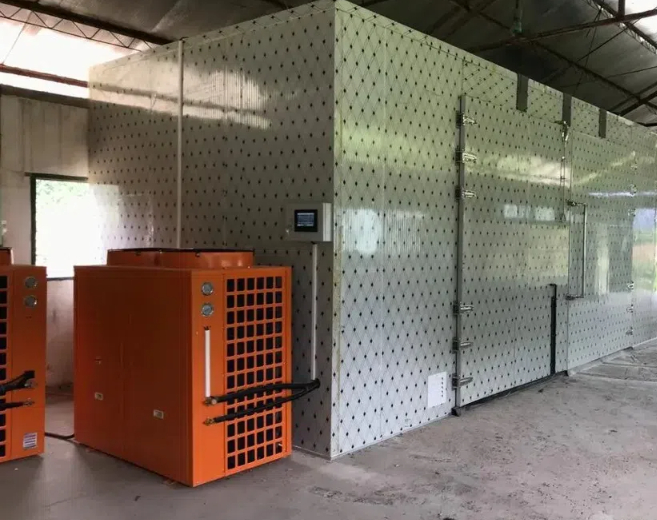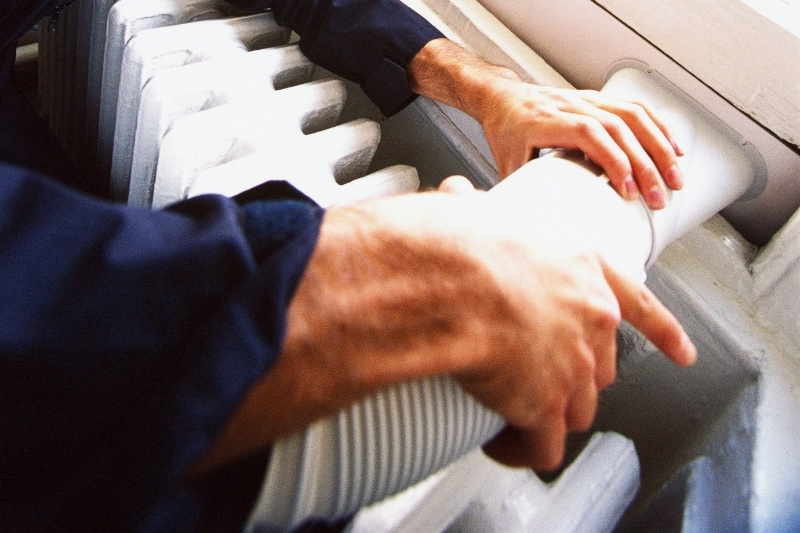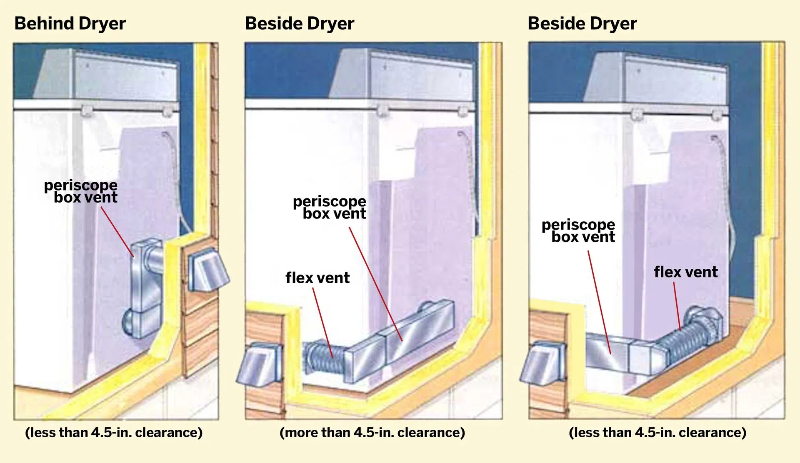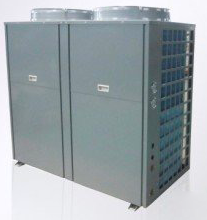
Content Menu
● Introduction
● Understanding Heat Pump Dryer Technology
● Benefits of Ventless Heat Pump Dryers
● Installation Considerations
● Maintenance and Care
● Environmental Impact and Sustainability
● Cost Considerations and ROI
● Smart Features and Technology Integration
● Common Misconceptions and Facts
● Conclusion
● Frequently Asked Questions
>> Q1: Do heat pump dryers take longer to dry clothes?
>> Q2: Can heat pump dryers be installed in any room?
>> Q3: How much maintenance do heat pump dryers require?
>> Q4: Are heat pump dryers worth the higher initial cost?
>> Q5: How long do heat pump dryers last?
Introduction
Heat pump dryers represent a revolutionary advancement in laundry technology, offering an energy-efficient and versatile solution for modern homes. Unlike traditional dryers, these innovative appliances operate on a unique principle that eliminates the need for external venting, making them increasingly popular among homeowners and apartment dwellers alike.
Understanding Heat Pump Dryer Technology
Heat pump dryers utilize advanced technology to dry clothes through a closed-loop system. Instead of expelling hot, humid air outside like conventional dryers, they recirculate air within the unit, removing moisture through a condensation process. This innovative approach not only saves energy but also provides greater flexibility in terms of installation locations.
The system works by passing warm air through the drum, which picks up moisture from the clothes. This humid air then travels through an evaporator, where it's cooled, causing the moisture to condense. The water is collected in a reservoir or drained away, while the air is reheated and circulated back through the drum to continue the drying process.

Benefits of Ventless Heat Pump Dryers
Energy Efficiency:
- Consumes significantly less electricity than conventional dryers
- Operates at lower temperatures, protecting delicate fabrics
- Reduces overall carbon footprint
- Qualifies for energy efficiency rebates and incentives
Installation Flexibility:
- No external vent required
- Can be installed almost anywhere indoors
- Perfect for apartments and condominiums
- Ideal for renovation projects
Installation Considerations
While heat pump dryers don't require venting, there are several important factors to consider during installation:
Location Requirements:
- Adequate space for proper air circulation
- Level, stable surface
- Access to electrical outlet
- Proximity to water drain (if not using condensation tank)
- Room temperature between 5°C and 35°C
Space Considerations:
- Minimum clearance requirements
- Proper ventilation around the unit
- Access for maintenance and filter cleaning
- Protection from extreme temperatures

Maintenance and Care
Regular maintenance is crucial for optimal performance:
Filter Care:
- Clean lint filter after each use
- Regular cleaning of heat exchanger
- Periodic inspection of condensation system
- Maintenance of door seals
Performance Optimization:
- Proper loading techniques
- Appropriate cycle selection
- Regular cleaning schedule
- Professional servicing when needed
Environmental Impact and Sustainability
Heat pump dryers contribute significantly to environmental conservation:
Environmental Benefits:
- Reduced energy consumption
- Lower greenhouse gas emissions
- Minimal heat release into living spaces
- Extended clothing lifespan due to gentler drying
Long-term Sustainability:
- Decreased utility costs
- Reduced carbon footprint
- Support for green building initiatives
- Compliance with energy efficiency standards
Cost Considerations and ROI
While heat pump dryers typically have a higher initial cost, they offer substantial long-term savings:
Financial Benefits:
- Lower energy bills
- Reduced maintenance costs
- Potential energy rebates
- Extended appliance lifespan
Investment Considerations:
- Initial purchase price
- Installation costs
- Energy savings calculations
- Maintenance expenses
Smart Features and Technology Integration
Modern heat pump dryers often include advanced features:
Smart Capabilities:
- WiFi connectivity
- Mobile app control
- Energy usage monitoring
- Customizable programs
Advanced Functions:
- Moisture sensing
- Temperature control
- Delayed start options
- Specialized fabric care
Common Misconceptions and Facts
Addressing common questions about heat pump dryers:
Performance Myths:
- Drying time concerns
- Temperature effectiveness
- Space requirements
- Maintenance complexity
Reality Check:
- Actual performance metrics
- Energy efficiency data
- User satisfaction rates
- Long-term reliability
Conclusion
Heat pump dryers represent a significant advancement in laundry technology, offering an energy-efficient, environmentally friendly alternative to traditional vented dryers. While they require some adjustments in terms of drying times and maintenance routines, the benefits of reduced energy consumption, installation flexibility, and gentle fabric care make them an excellent choice for modern homes. As technology continues to evolve and energy efficiency becomes increasingly important, heat pump dryers are likely to become the standard in household laundry equipment.

Frequently Asked Questions
Q1: Do heat pump dryers take longer to dry clothes?
A: While heat pump dryers typically have longer cycle times than conventional dryers, they compensate with significantly lower energy consumption and gentler fabric care. The average cycle might take 30-60 minutes longer, but the energy savings and clothing protection make it worthwhile.
Q2: Can heat pump dryers be installed in any room?
A: Heat pump dryers can be installed in most indoor locations with adequate space and proper ventilation. They don't require external venting, but they do need sufficient air circulation and a room temperature between 5°C and 35°C for optimal performance.
Q3: How much maintenance do heat pump dryers require?
A: Regular maintenance includes cleaning the lint filter after each use, periodic cleaning of the heat exchanger (usually every 2-3 months), and ensuring the condensation system is functioning properly. This is similar to conventional dryer maintenance but with additional attention to the heat exchanger.
Q4: Are heat pump dryers worth the higher initial cost?
A: The higher upfront cost is typically offset by significant energy savings over time, reduced utility bills, and gentler treatment of clothes. Most users recoup their investment through energy savings within a few years of regular use.
Q5: How long do heat pump dryers last?
A: With proper maintenance, heat pump dryers can last 10-15 years or more. Their sophisticated technology and gentler operation often result in a longer lifespan compared to conventional dryers.












